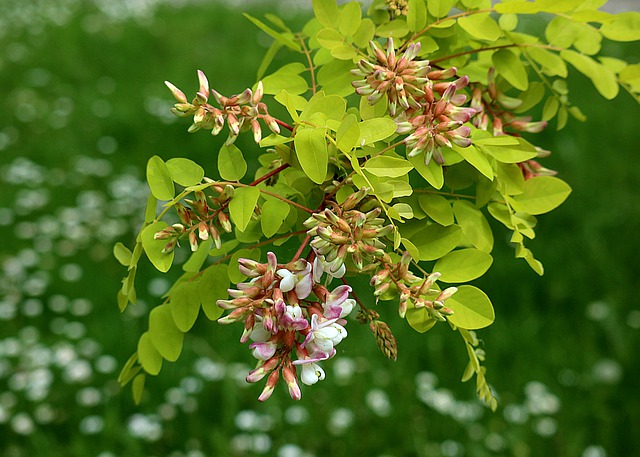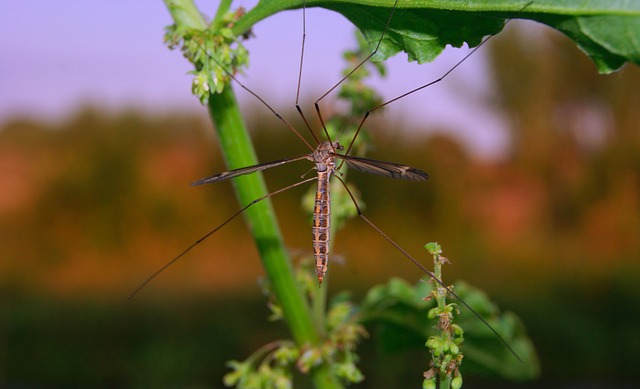This article has been extracted from “Water- Conserving Gardens and Landscapes Water- Saving Ideas Plant Selection List Home Drip Irrigation Guide Easy- Care Landscapes All- Region Zone Maps” By “John M. O’ Keefe”. Battling Insects is a vital factor to be taken into consideration which is well described & assisted at “Emergency Tree Removal Service“
The key to insect control is knowledge, not chemicals. Many insects are beneficial to the gardener not only by helping plants to propagate, but also by eating the few species that do eat and attack your plants. Remember, spraying kills the good guys and the bad guys.

Good guys include ladybugs, wasps, spiders, praying mantises, ground beetles, dragonflies, lightning bugs, and syrphid flies. Commercial suppliers of ladybugs and praying mantises can provide information on the proper number of these beneficial insects needed for your area.
1. If you see 1- inch- long, brown, sticky clumps on the twigs of trees or shrubs in the winter, do not remove them; they are the egg cases of the praying mantis and can contain up to 100 eggs in each case. When they are young, praying mantises will devour aphids, spider mites, and other pests before graduating to larger prey.
2. The tiny eggs of the lacewing stand up from leaves on delicate stalks, like miniature sprouts. Do not destroy these eggs because lacewings are voracious eaters of many pets, such as aphids, mealybugs, and leaf hoppers.
3. Do not allow weed patches to build up at the edges of your garden; weed patches to build up at the edges of your garden; weed patches are often the source of insect infestations. Wrap sticky papers around the trunks of trees or shrubs if they are especially susceptible to insect attack.
4. Mothballs that are scattered around insect- prone plants emit sufficient odor to keep away many insects.

5. If you have fruit trees, pick up all fallen fruit promptly. Make a very efficient trap for fruit beetles by putting pieces of decaying fruit in a glass jar. Tie a piece of aluminium screening over the top and cut a 1/2 – inch hole in the screening. Place the trap 1 or 2 yards from from the fruit tree.
6. If snails are a problem, try the beer trap. Pour 1 or 2 ounces of beer in a small can. Place the can on the ground on its side. The snails appear to love beer and as many as 20 or 30 will enter the can and stay until you dispose of them in the garbage.
7. A roll of damp newspaper that is tied with string and laid on the ground is one of the best traps for earwigs and pill bugs. They crawl in the newspaper at dawn; you dispose of them in late morning.
8. Spraying plants occasionally with a strong jet of water will remove many pests.
Continue reading on Which Tree Where
